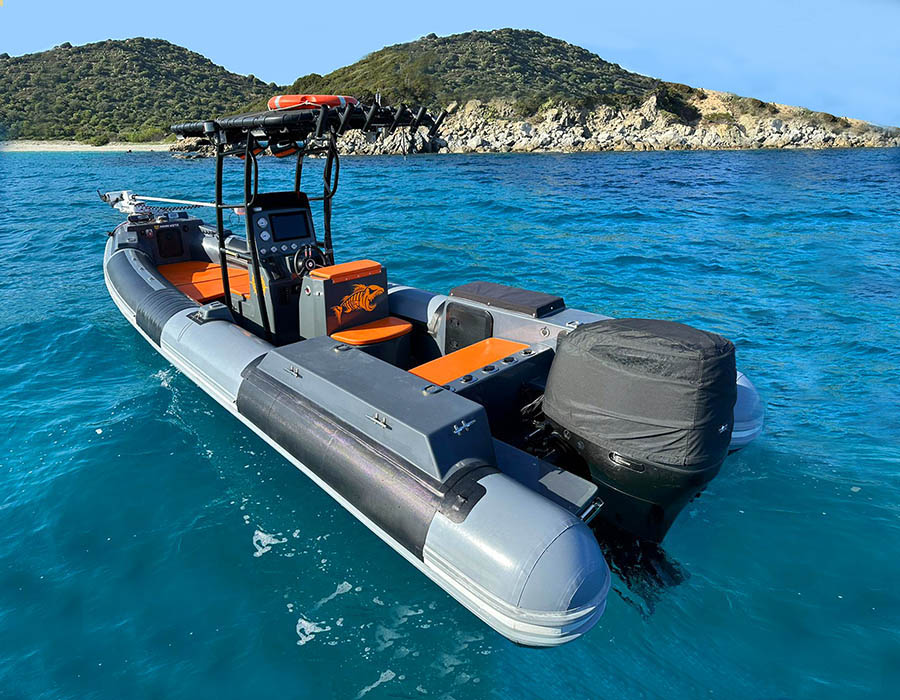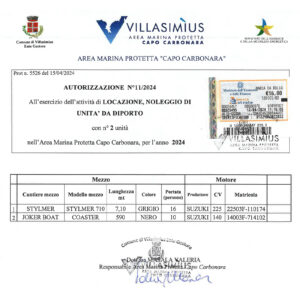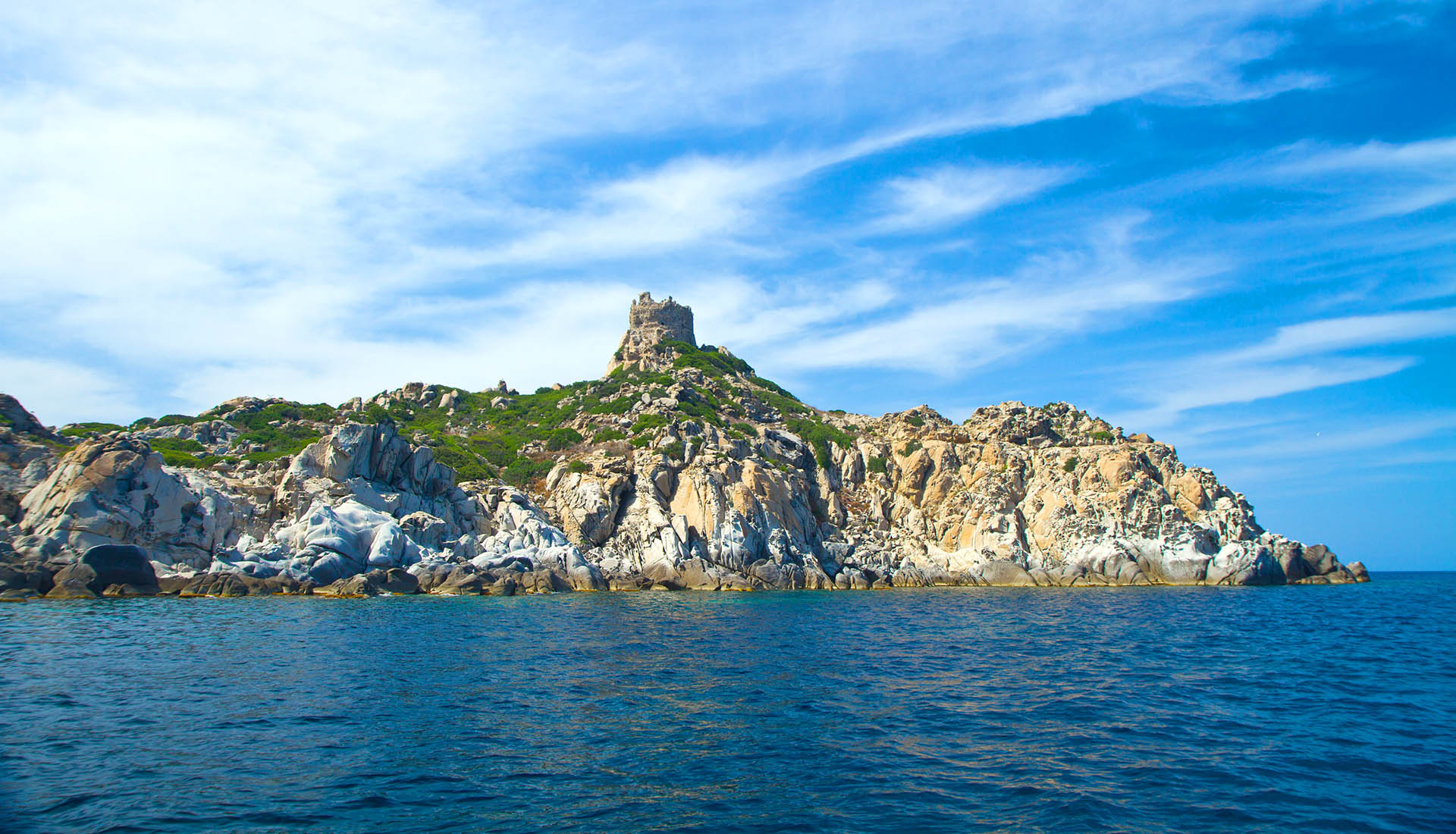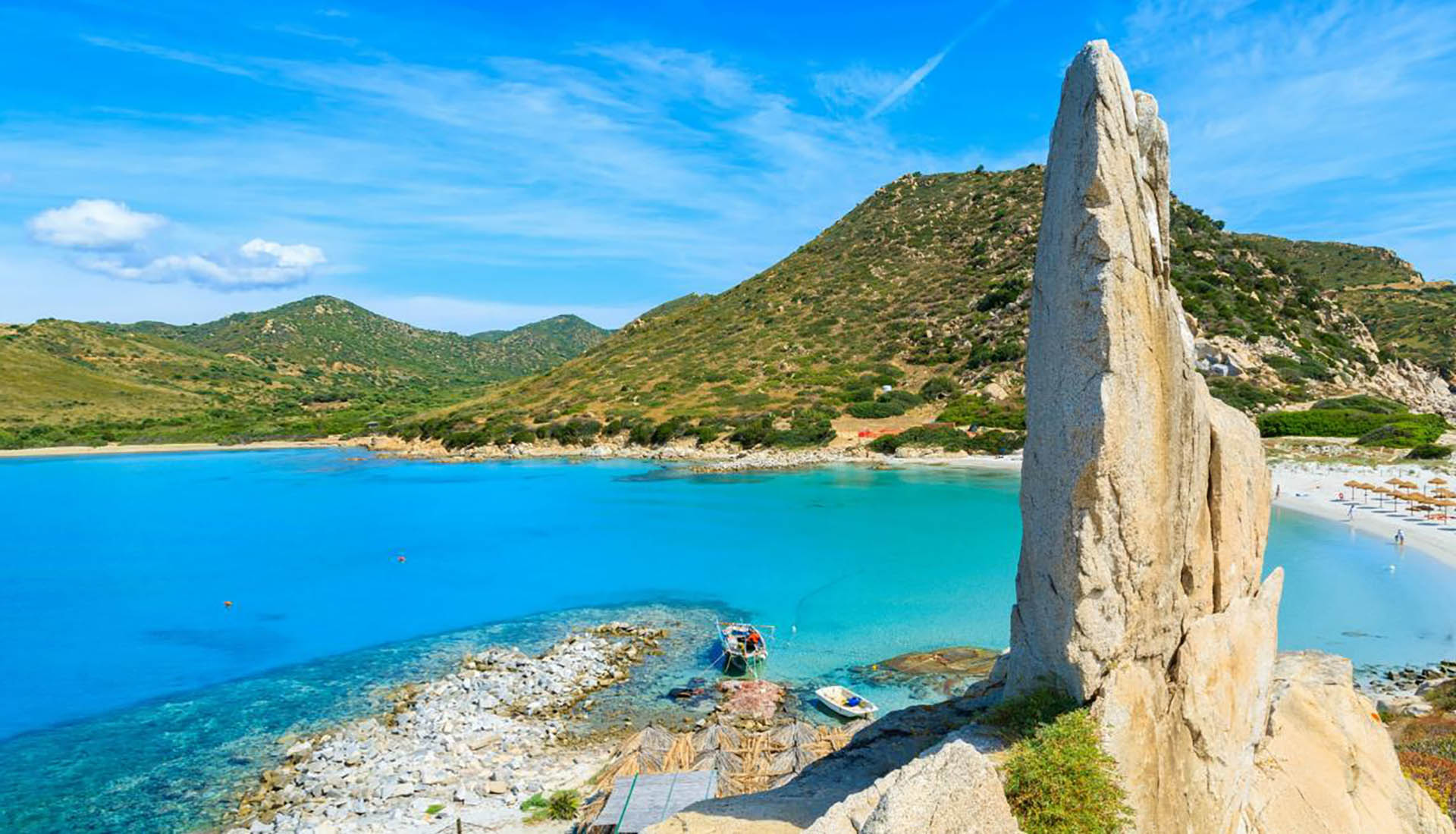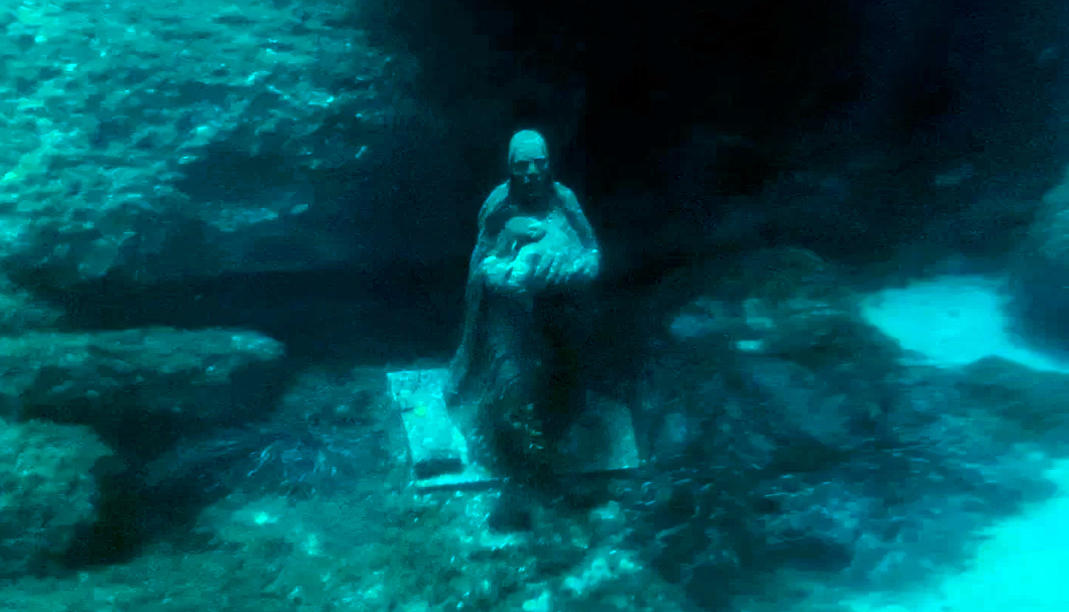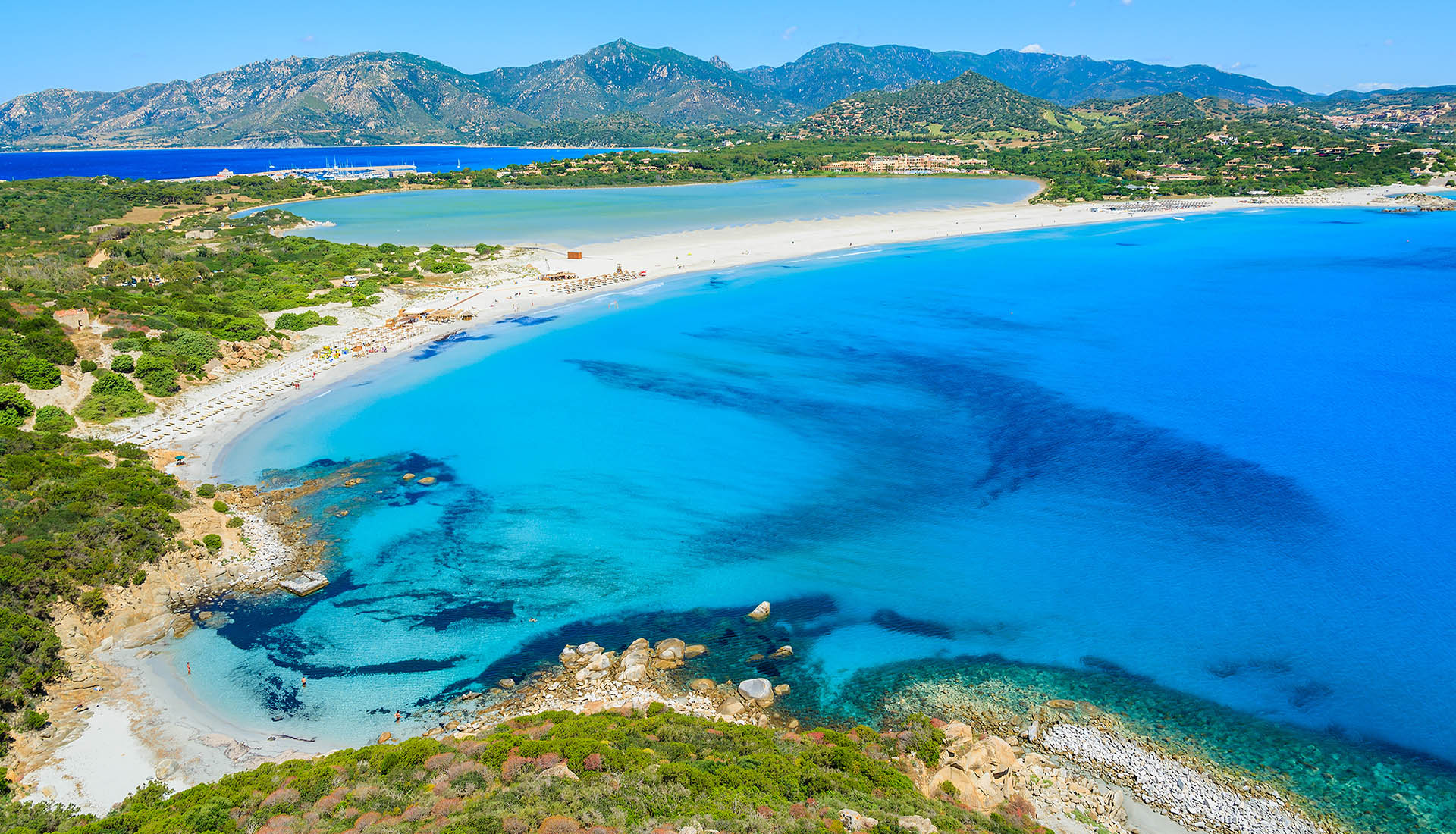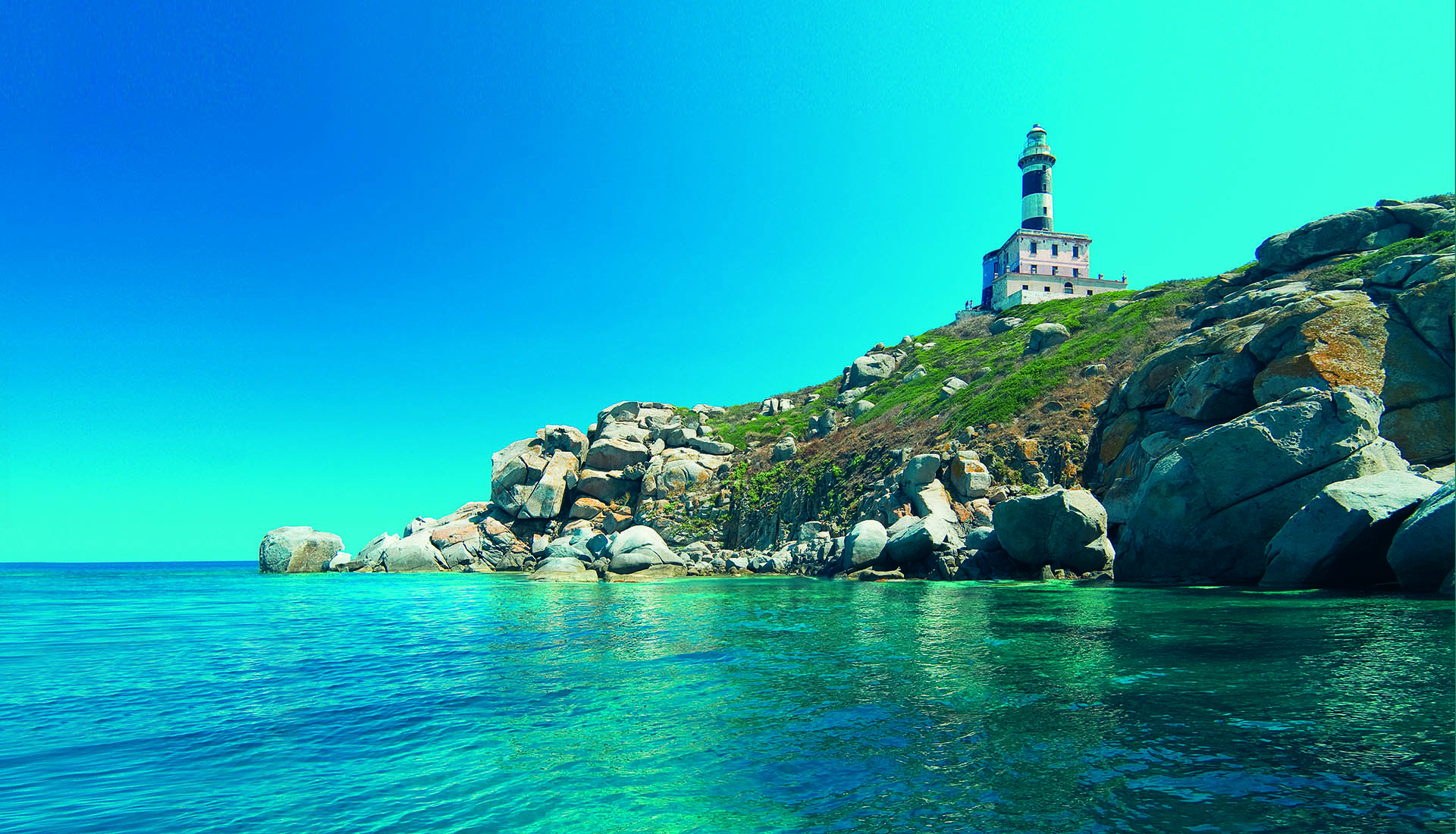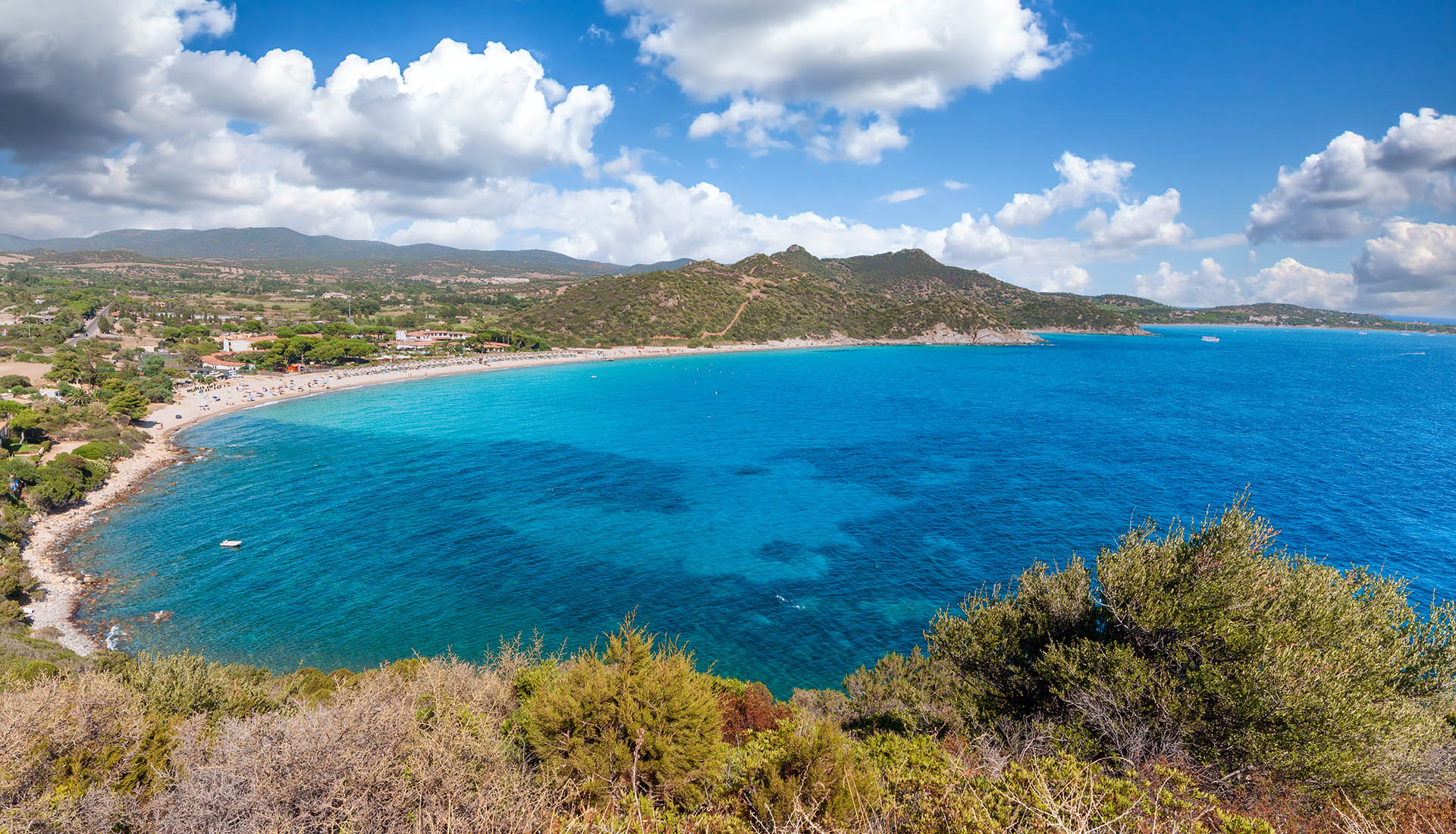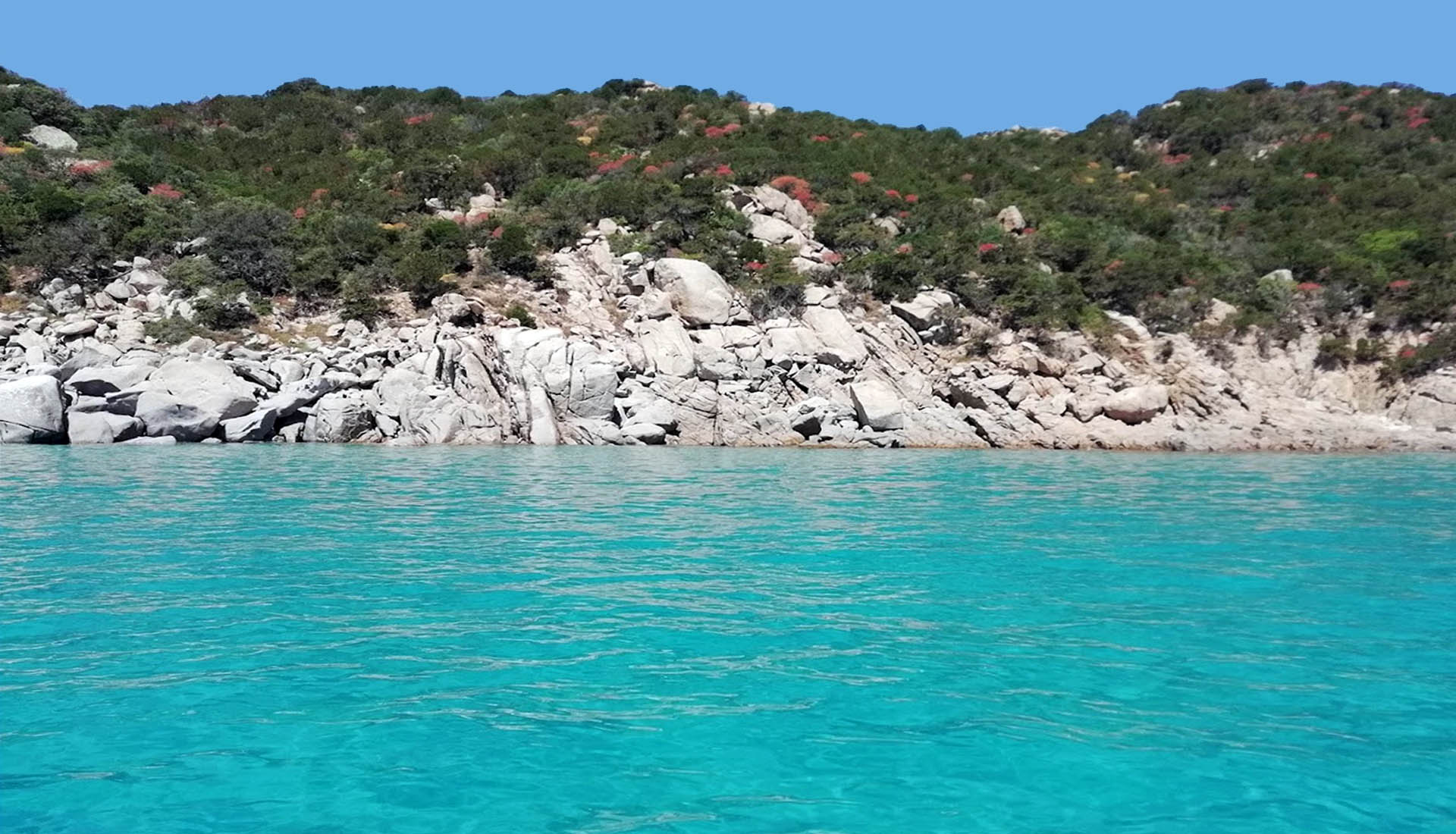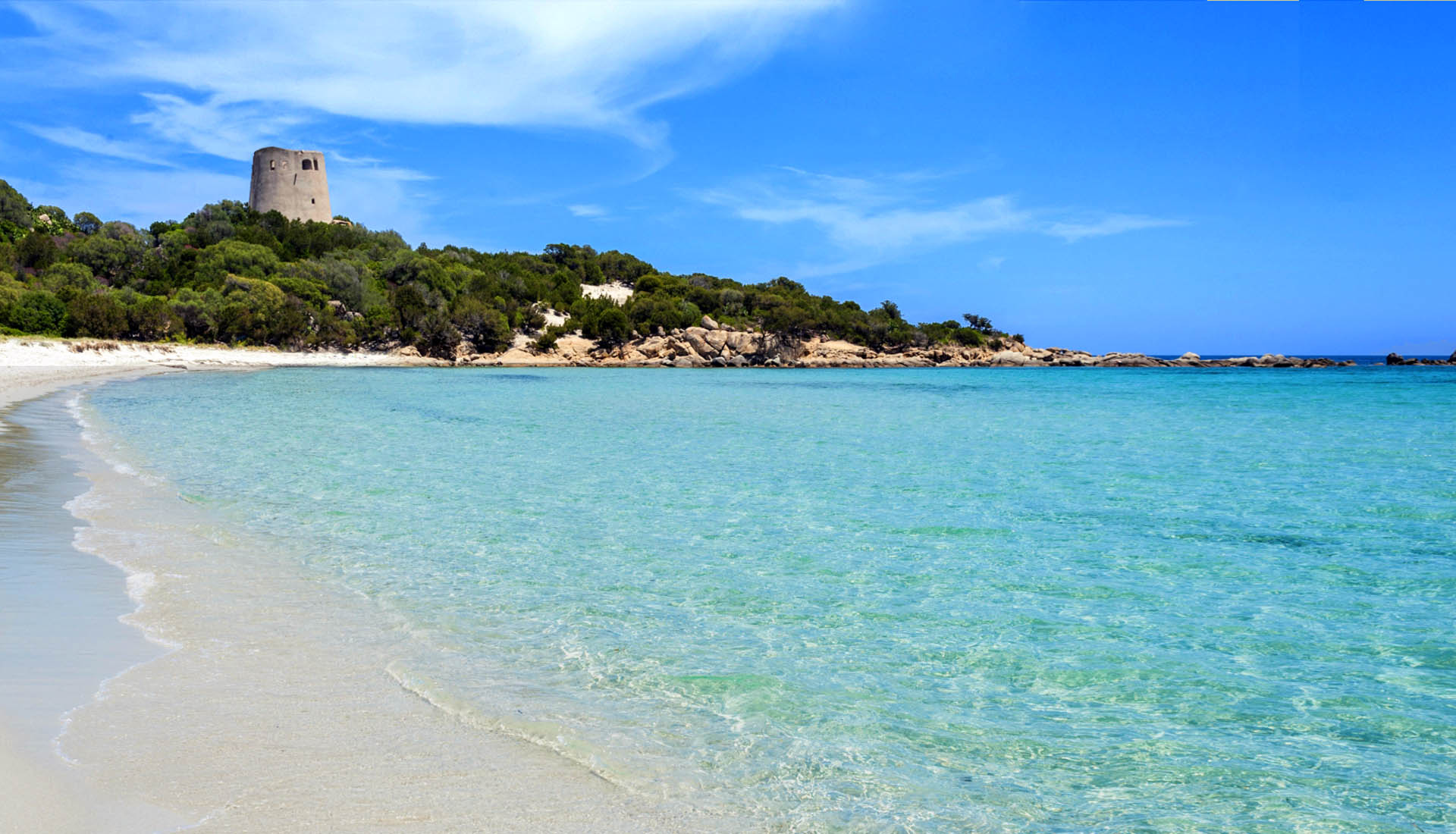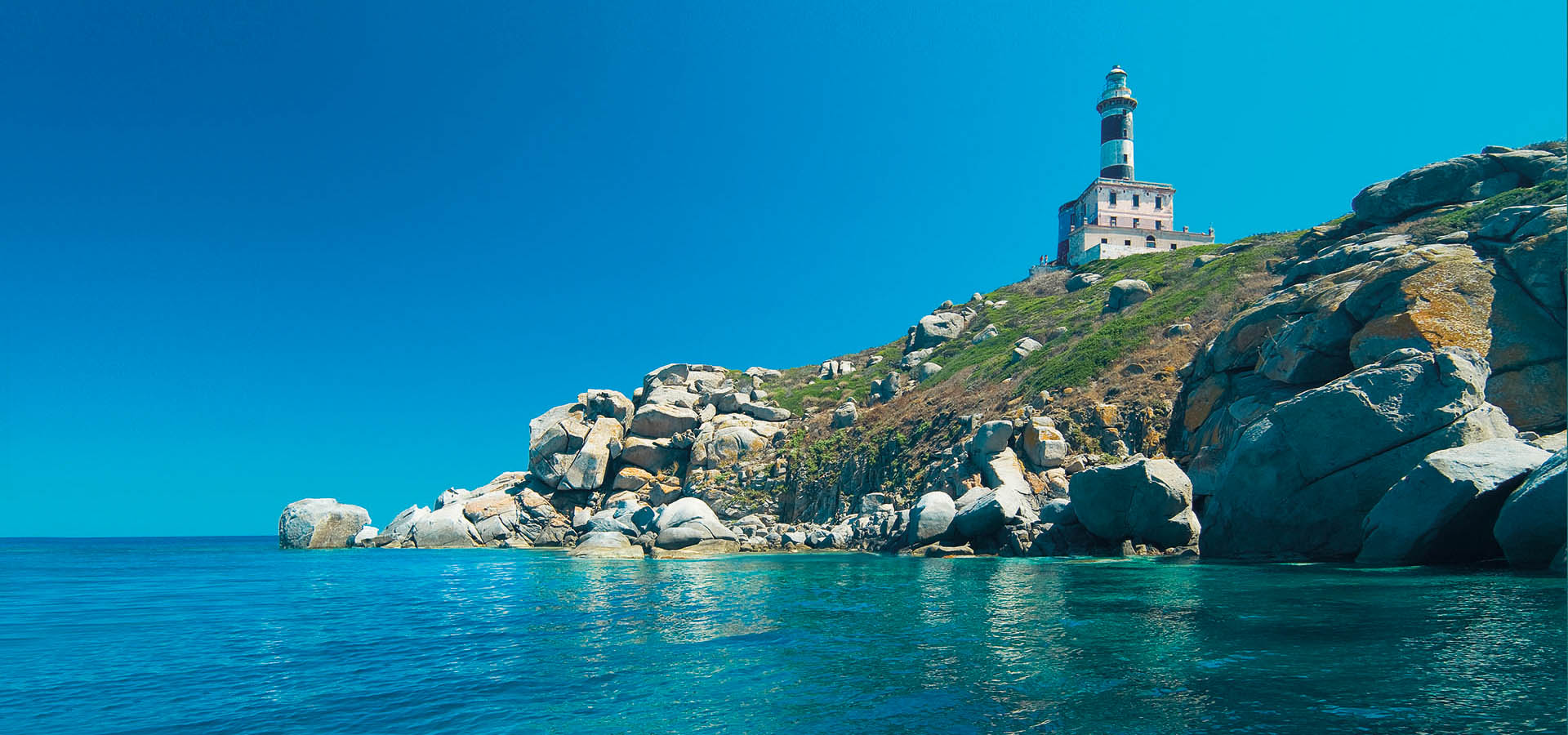
Dinghy excursions from Villasimius
The best way to discover
the south-eastern coasts of Sardinia
The best way to discover the wonderful coasts of south-eastern Sardinia is to choose a half or full day excursion, which can also be customized, on comfortable, perfectly equipped dinghies.
During the dinghy excursions we will make frequent stops for swimming and we will offer you a pleasant aperitif before returning.
That’s not all: we organize sport fishing sessions in the shallows and on the deep seabed in the area in front of the Capo Carbonara Marine Protected Area and, upon request, we organize aperitifs at sunset outside the Port of Villasimius with typical products or parties and events of any kind with catering customized, always on the splendid Sardinian sea.
Authorisation for the Capo Carbonara Marine Protected Area
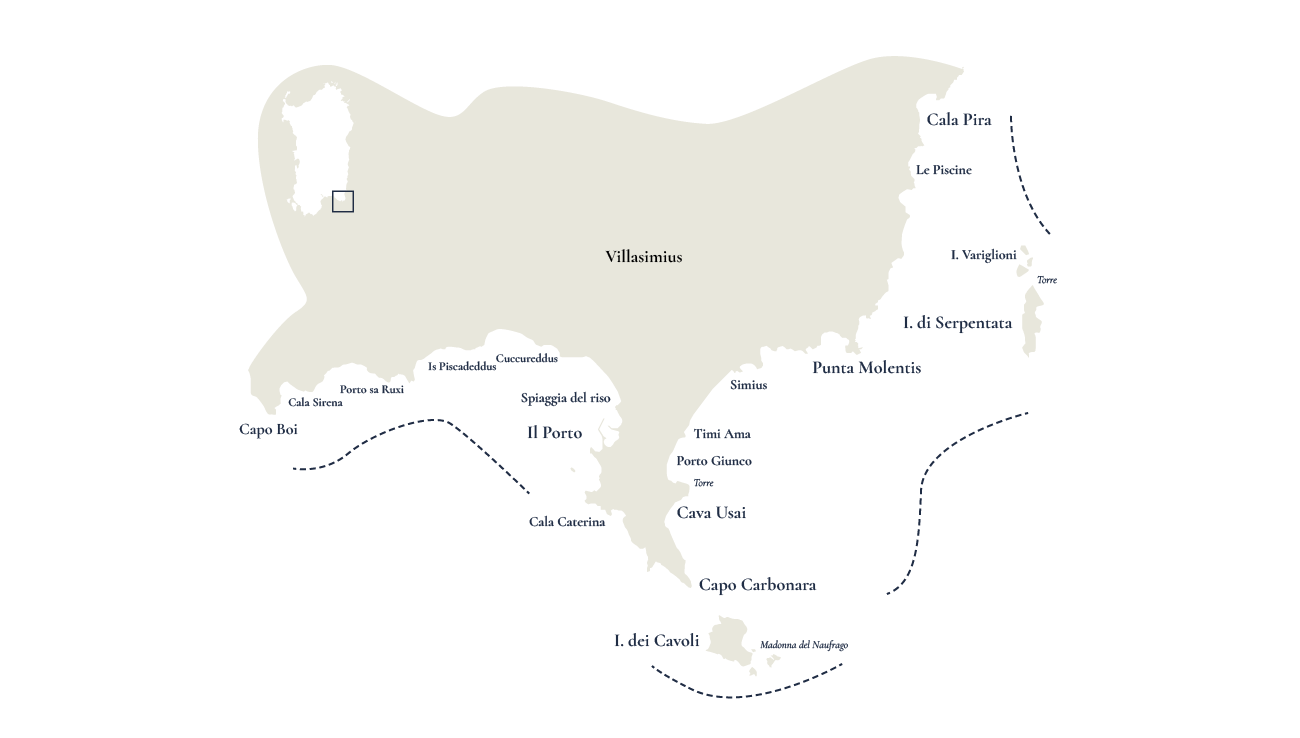
Cala Pira
Snorkeling!Punta Molentis
Protected paradiseThe Cavoli island
Madonna del NaufragoVillasimius Marina
Let's go!Escursions and Services
Consectetur adipisicing
Normally, barring adverse weather conditions, the excursions by dinghy will take place heading south-east at the exit of the Villasimius tourist port and then going up the coast of Sardinia towards the north.
1 half Day
Departure: Mornig at 9:00 am - Afternoon at 2:30 pm
The half-day excursion lasts about 4 hours and can be booked in the morning with departure at 9:00 am and return at about 1:00 pmor in the afternoon with departure at 2:30 pm and return at 6:30 pm about.
RATES
May, June and October 45.00 euro
July and September 50.00 euro
August 60.00 euro
Prices are per person and include: aperitif, fuel, skipper, snorkelling equipment.
(Sea Sud reserves the right to change dates and times to guarantee the excursion with a minimum of 6 people on board)
1 day
Departure in the morning at 9:00 am
The full day excursion lasts about 9 hours and can be booked with departure at 9:00 am, while the return to the port is scheduled for about 6:30 pm
RATES
By reservation only,
with a minimum of 6 people on board.
Contact us for a customised rate based on the route and the number of people on board.
What you will see during the excursions
White beaches - A 2-century lighthouse - Granite coasts - Submerged statues and Aragonese towers
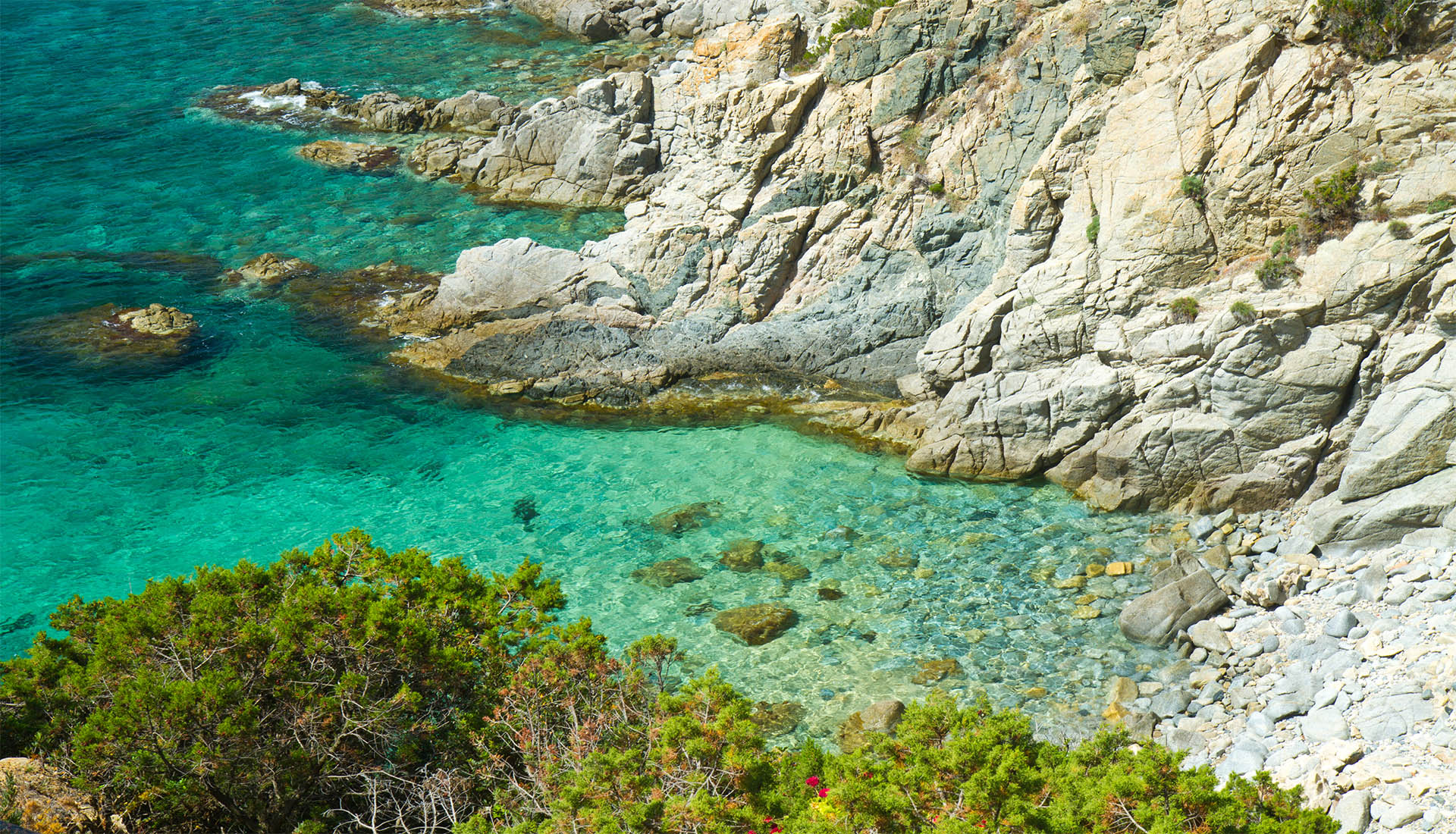
Let’s go!
Upon leaving the port, on the starboard side (right) you can admire the coast that flows from the beach of Riso towards Cagliari and in the distance the promontory of Capo Boi.
Heading towards Isola dei Cavoli we will meet various coves, including the beach of Santo Stefano and Cala Caterina, which lead to Capo Carbonara, the most south-eastern tip of Sardinia. Leaving the cape on the left, you quickly arrive in sight of the two-tone lighthouse of Isola dei Cavoli. An important lighthouse that since 1858, with its lantern at 77 meters above sea level, signals the strait and provides indications to the boats that go back to the mother island from Cagliari and to those that from the Tyrrhenian Sea must round Sardinia to starboard.
We will take the first swim in the waters of this beautiful islet, a true flora and fauna jewel, as it is home to numerous plant and animal species, representing a suitable place for the nesting of various species of birds. On the east side of the islet, at a depth of about 11 metres, you can admire the Madonna del Naufrago (or Madonna degli Abissi). Laid in 1979, the approximately 3-meter-high pink trachyte work of art from Ozieri was created by the Sardinian artist Pinuccio Sciola.
After the island of Cavoli we will begin to go up Sardinia towards the north, admiring various coves and beaches that will follow one another to the left of the dinghy: Cala Burroni and then Cava Usai (a former abandoned granite quarry) lead to the promontory that protects the Caribbean beach of Porto Giunco . On the promontory stands the homonymous eighteenth-century tower built by the Aragonese to guard against pirate raids. Porto Giunco is a strip of sand that separates the sea from the Noteri pond, and is bordered by dunes covered with junipers, mastic trees and Mediterranean scrub.
The continuation of Giunco beach is Simius beach. The classic beach of the inhabited center which is accessed along the Via del Mare. White sands and crystal clear waters make it one of the most famous and popular beaches.
The second dip in the water awaits us! Heading out to sea we will stop on a shoal called dei Pesci Balestra. Here you will be able to admire various species that go up towards the shoal to look for food.
The coast of Sardinia is interspersed with coves, beaches and inlets that are always different in terms of rocks and colours, the ideal setting for reaching the splendid Punta Molentis. The beach, in high season and with limited numbers to preserve the ecosystem, takes its name from “su Molenti”, the donkey, which was used in the granite quarry behind it to transport the extracted materials.
End of the half day excursion.
For those who have requested the full-day excursion, the experience continues!
After the picturesque and beautiful Punta Molentis we continue in a northerly direction, colorful glimpses and small sandy coves are one after the other, among the most famous, the one called delle Piscine is an obligatory stop.
The last stage of the excursion is Cala Pira, an inlet of about 400 meters of very fine white sand and a sea with turquoise hues with emerald green hues. The beach is framed by wild dunes covered with secular junipers which give it a wild look. At the ends there are two granite cliffs in which thick Mediterranean scrub has developed. On the northern promontory, there is still a sixteenth-century watchtower. Behind the dinghy we could admire the island of Serpentara which adds even more charm to the bay.
To unwind from the long day, you will enjoy a pleasant aperitif based on cold cuts and cheeses prepared with typical Sardinian products, usually from local producers.
Optional: stop at Serpentara Island.
The island of Serpentara, with its granite and impervious appearance, owes its name to the elongated shape or to the presence of the endemic plant known as snake grass (Helicodiceros muscivorus) which before flowering has a long and spotted calla lily. The island is uninhabited and not accessible. In the northern part, the rocks of the Variglioni stand out. On the highest point stands the tower of San Luigi, built during the Spanish domination to spot enemy ships approaching the coasts of Sardinia.
The islands are true flora and fauna jewels, as they host numerous plant and animal species, including some rare and endemic ones.
The marine environment has clear waters of an intense blue with rocky bottoms that form depressions, cracks and underwater caves. There are many species, such as corvine, dentex, grouper, sea bream, amberjack, white bream and barracuda, which can be admired.
Little tips and hints
To appreciate the whole excursion
We leave on time! We ask you to present yourself at the embarkation point (google maps contact page or this link) at least 20 minutes in advance. Add another 10/15 minutes to find parking outside the Villasimius Marina.
We Travel light! You can bring your own drinks and snacks which will be stored in the refrigerators on the dinghies. No shoes but flip flops because it is a good seafaring norm to be barefoot on small boats. We advise you to bring a beach towel, protective creams, goggles or a snorkel mask. For the evening return, for those who are more sensitive to the cold, a light windproof jacket or a long-sleeved shirt could be useful.
It’s fun! It is a dinghy excursion not a visit to the wax museum!
ATTENTION: in case of adverse weather conditions the excursions will be carried out heading west instead of north-east.
Our dinghies
Comfortable and fully equipped for excursions and sport fishing

